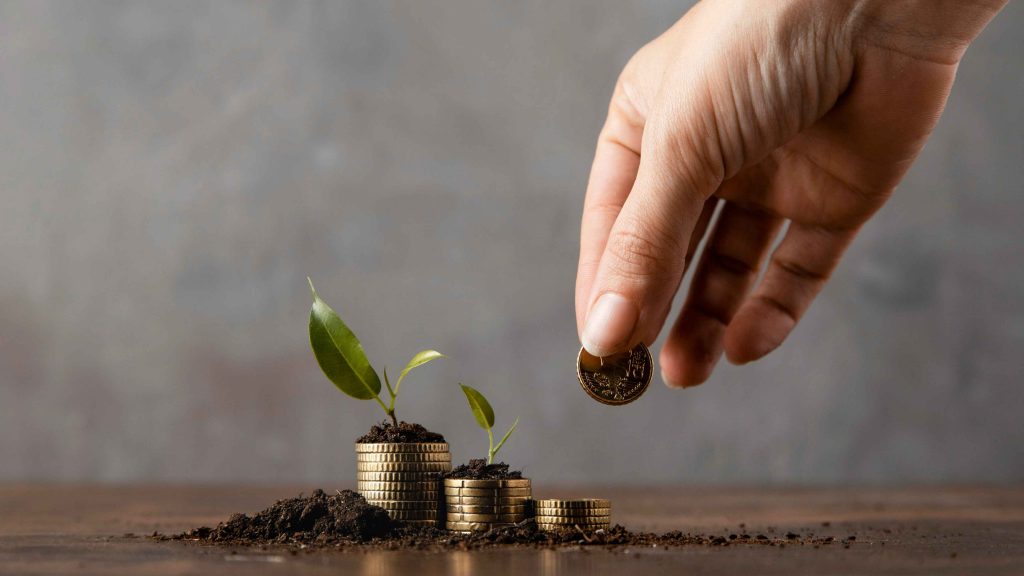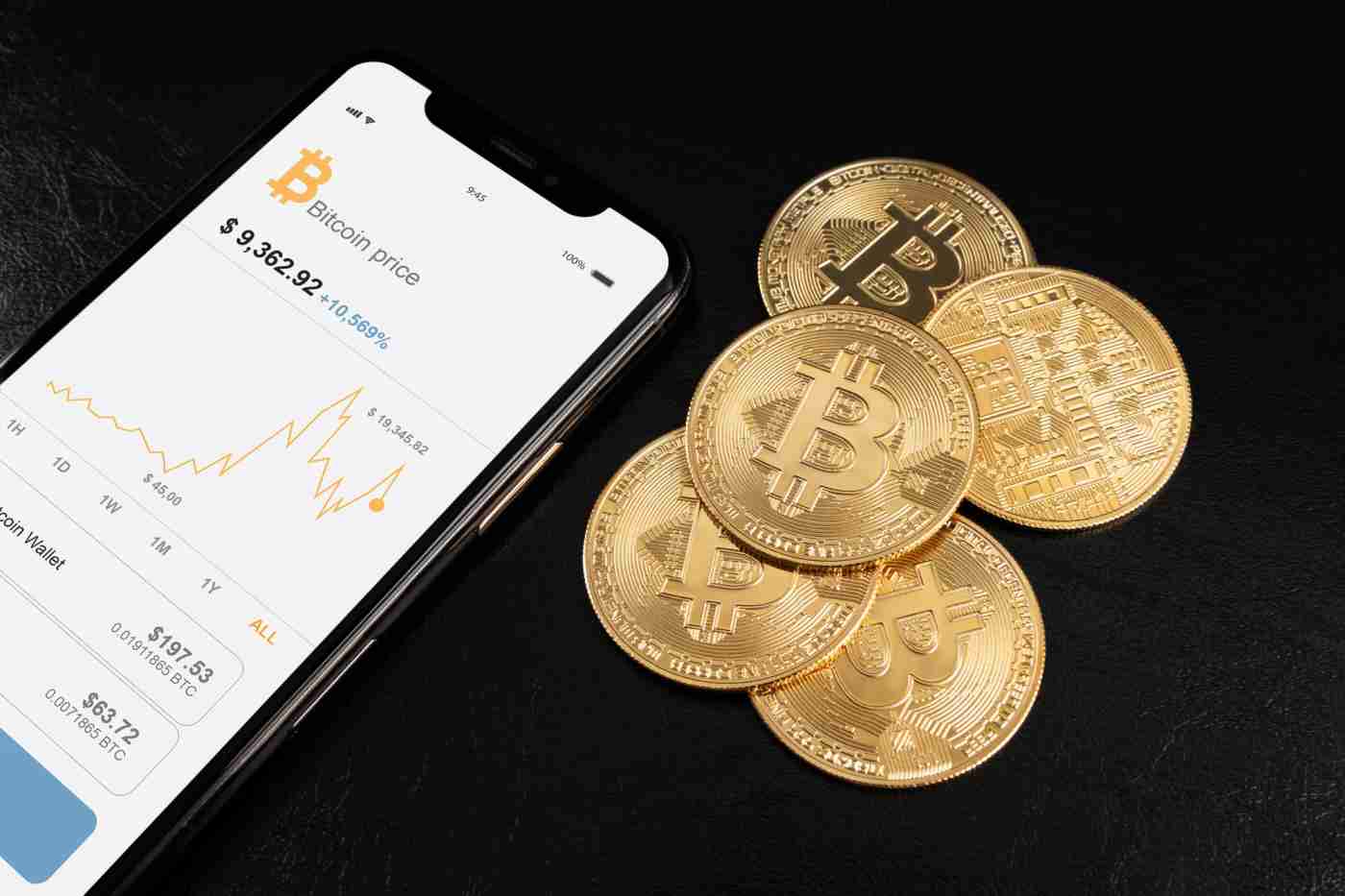Microfinance is an important instrument of socio-economic development, particularly in vulnerable areas. Microfinancing services include low-interest loans, savings accounts, and insurance to individuals and small business owners who do not have access to conventional bank services. It is not only economic empowerment but also social transformation. It enables communities to raise living standards, foster entrepreneurship, and provide educational opportunities.
Microfinance started gaining momentum towards the latter part of the 20th century. The practice itself dates back to quite ancient times. Quite a few cultures had informal savings and loan systems, which heralded the present practices of microfinance. The establishment of the Grameen Bank in Bangladesh by Muhammad Yunus in 1983 constitutes a major turning point. It formalized the microcredit model, proving that even the poorest individuals could repay loans if they had the necessary financial backing. Such a challenge to the conventional wisdom that poor people were simply too risky to lend to sparked what became an international microfinance movement.
Microfinancing gives the few helping hands to releasing the women in societies, being the most of them, to start undertaking business activities. Various studies have shown that women become owners of financial assets that affect not only them at what level but also to entire communities. This means that women are likely to put their money mostly back to families and communities, and therefore, health, education, and quality of life are improved. For instance, it is expected that small loans given to a woman to start up a bakery will create not only income for herself and her family but also employment for people living in the vicinity, thus forming a ring of economic growth and stability.
Furthermore, microfinance creates a form of self-sufficiency and resilience within communities, rather than handouts or stupor, but the confidence to do jobs for themselves will come along with abilities being able to do and income generating activities. Most often microfinance institutions put together money-lending activities with financial literacy lessons and business development services for the clients to understand money concepts as they exercise it. Such holistic effects do mean and call for financial independence as well as statehood in so far as the community members cherish and share with one another in their entrepreneurial activities.
However, the microfinancing landscape is not without its hurdles. Predatory lending and sustainability problems have emerged in the opposition that exist among the microfinance models. The more these institutions look after their profit, the more borrowers fall into a debt trap. To this end, it becomes necessary for microfinance organizations to develop a clear culture of ethical lending and further efforts on educating and empowering their clients. Transparency, responsible lending, and a community-centered approach are of utmost importance for the microfinancing to carry out its function.
Microfinance really strengthens the communities by giving them access to the financial resources needed for individuals to thrive. It focuses on empowering people, particularly women, through entrepreneurial efforts, resulting in better economies and societies. The growth of the microfinance industry must, therefore, not only be prepared to face major challenges but be aimed toward best practices in order that it continues to touch the communities that really need empowering. This is how microfinance could work as a change agent: bringing about a positive change not only for the particular communities, but for the whole world in eliminating poverty. When communities are empowered with financial resources, they will break the vicious cycle of poverty and make way for generations to come toward a brighter future.







